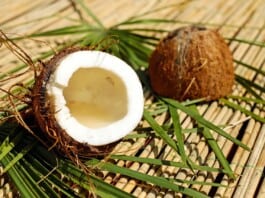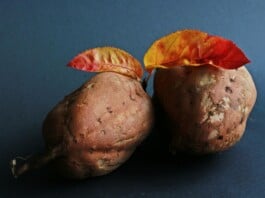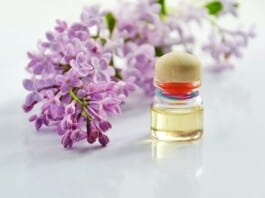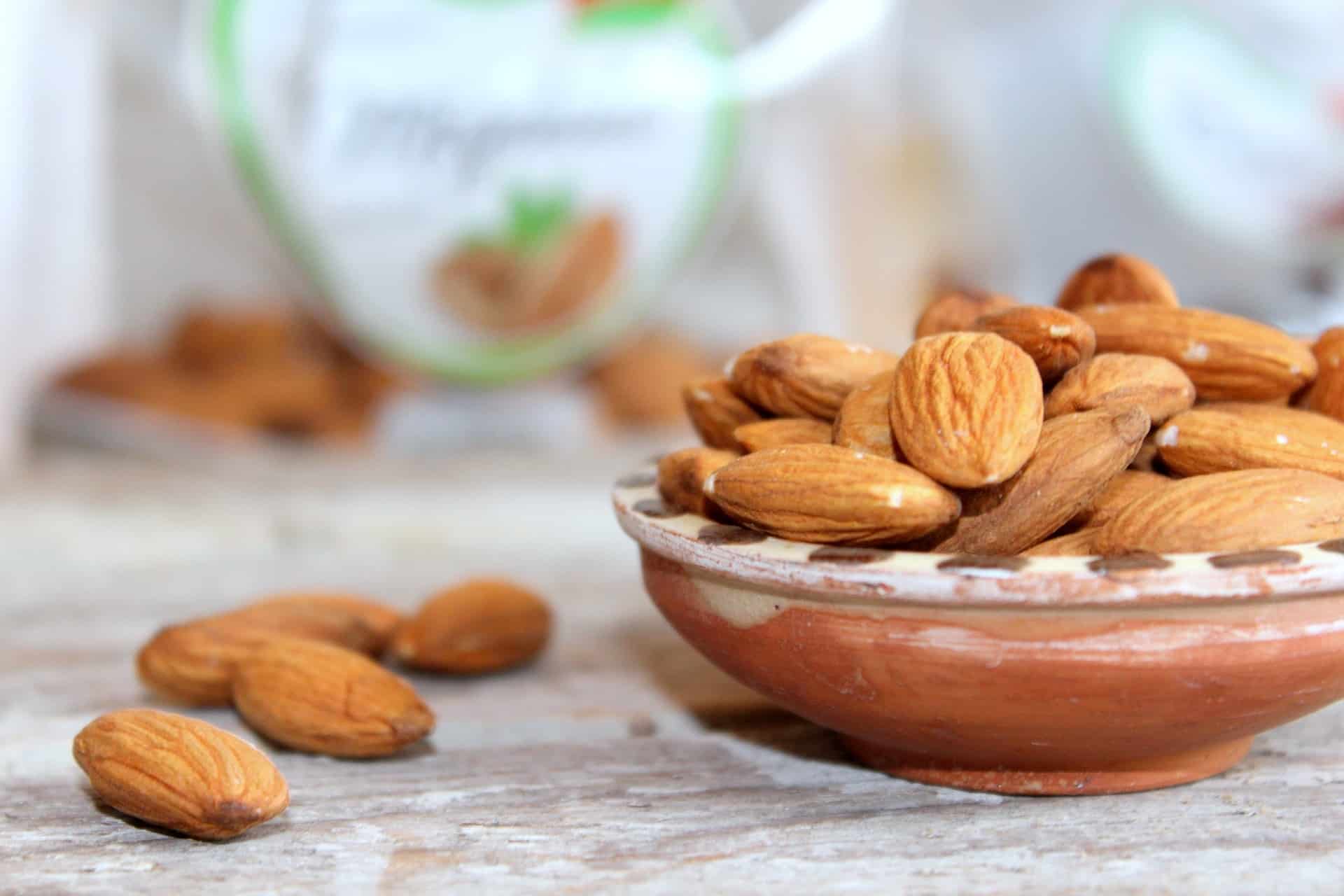
The almond tree mentioned in the Old Testament

The almond tree is the first tree in the Holy Land to blossom as a sign of renewed life and the awakening of nature. Even today, Jews still bring branches with almond buds to the synagogue on the great religious holidays. In ancient Hebrew, the word “migdal” means “god’s gift.”
Almonds are mentioned in history from ancient times, being a valuable ingredient in the bread of Egyptian pharaohs. In the 11th century the Almond was on the list of species grown in the medicinal gardens of Charles the Great. In the Middle Ages and later, almonds were the subject of active trade. The almond was known in Syria, Persia, in Central Asia to Turchestan, where it grew spontaneously. It has matured or been wild in China, India and the Mediterranean countries. Migdal is grown in Central Europe and America.
Doctors and scholars of Antiquity (Theofrast, Porcius Cato, Colimella and Scribonius Largus ), have recommended almonds in many conditions. Arab doctors also recommended it as a medicine, based on one of their perceptions that a drug should be pleasant to taste.
The almond, the wonder tree
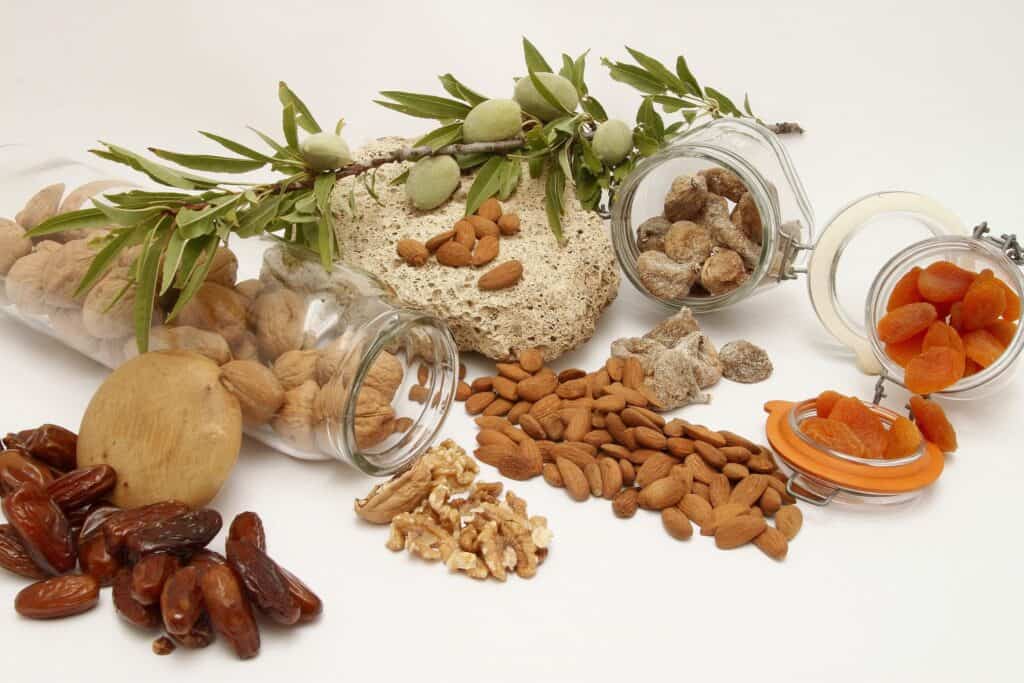
Seeds ( pips) are used from the almond variety, both from the sweet and the bitter variety. Only the sweet variety is edible. The bitter one, however, has therapeutic properties.
Fresh seeds contain up to 88% water and dried seeds only 4.5%. They contain about 18% protides, 54-55% fats consisting of 75% oleic acid, farms, 16% carbon hydrates, organic acids, potassium salts ( 833 mg% ), calcium ( 250 mg% ), phosphorus ( 455 mg% ), iron ( 4.1%), vitamin A ( 20 mg% ), vitamin B1 ( 20 mg% ), B2 ( 0.60 mg% ), niacin ( 4.2 mg% ) and small amounts ( 1 mg% ) vitamin C. It also contains an enzyme ( emulsine).
One of the most common nitrilosides, namely amygdala, is found in the seeds of some fruits, especially apples, apricots, cherries,almonds, plums, peaches,nectarines, etc. Non-toxic, hydrosoluble compounds containing nitrilosite or vitamin B17 have been isolated from the fruit of the said seeds. Lack of nutrition of this factor can lead to physiological disorders and because of this, has received vitamin status.
In metabolic processes, nitrileloside ( amygdalin ) is hydrolyzed in hydrocyanamiad, benzaldehyde or acetone and sugar. Formed hydrocyanamide is detoxified by the enzyme rodanase into molecules of nontoxic tiocyanates. Benzaldehyde formed in the presence of oxygen is immediately oxidized into benzoic acid, also nontoxic.
Before considering possible the action of antineoplastic modeling of vitamin B17, we should mention that benzoic acid is antiseptic and anti-inflammatory. In some countries, ortho-hydroxy additives of benzoic acid have been used for rheumatic diseases. The conclusion was that the presence of vitamin B17 in the diet, soothes rheumatic pain, temporally reducing hypertension.
If we consider cancer ousting the disease as a metabolicdisorder, the question arises whether one of the causes would not be vitamin deficiency, especially vitamin B17. With all the scientific controversies, there are currently authorised products based on amygdala or vitamin B17.
Almonds, appreciated in therapy and cosmetics

Currently in therapeutic almonds play an important role being recommended for gastric ulcer and hyperacid gastritis. On the one hand, oily oil forms a protective film on the wall of the stomach, and on the other hand, protides buffer hydrochloric acid, neutralizing excessive acidity in the stomach. At the same time almonds reduce the secretion of pepsin and stimulate intestinal peristalsis.
Stomach pains and burns, are significantly reduced after consuming almond seeds. Also on the digestive system have remarkable antiseptic action, being used in fermentation colitis. They are also slightly laxative and anticataral.
Due to the antispasmodic and cough calming action, they constitute a very agreeable pectoral remedy, being indicated even in whooping cough. As an anticatarrhal, they have a favorable effect in laryngitis. The anti-catarrareal action is also manifested in inflammations of the genitourinary apparatus, having antilithiasic properties.
By very complex chemical action, almonds are general tonics, including nervous system and remineralizing, and can be consumed as an adjunct in tuberculosis. Because they have a low carbohydrate content, almonds can be consumed by diabetics. Almonds are the best source of magnesium and vitamin E, considered the vitamin antisterility, with a role in regulating reproductive function.
Calcium content helps maintain bones and teeth,while phosphorus helps memory. High levels of protein and fibre in almonds make them a valuable food especially in a vegetarian or fasting diet, when they can substitute meat, keeping their nutritional intake.
Externally, by emollient and trophic action on tissues, almonds, is recommended in eczema, burns or cracks of the skin. In cosmetics, almond milk is a very suitable preparation for softening and moisturizing the skin.
Throughout history, almonds have had a strong religious, ethnic or social significance. Romanians threw almonds at the grooms as a sign of fertility, this habit is still found today, when at weddings they give guests glazed almond strips.
Another tradition is grounded in Sweden where, every year, at Christmas,rice pudding is cooked in which a almondis hidden, and whoever finds it will be lucky all next year.

